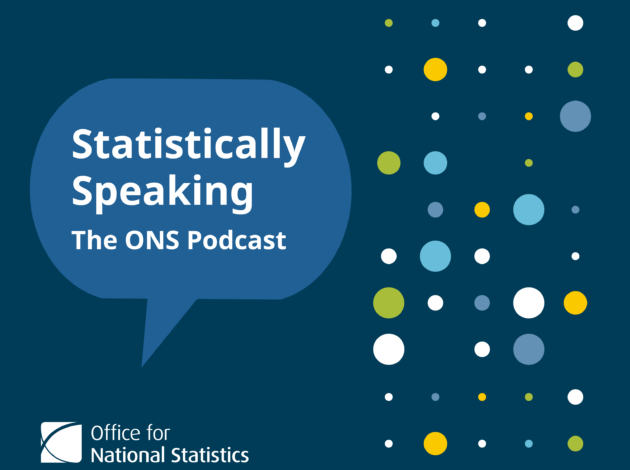Green Data: Measuring the Environment

In the latest episode of Statistically Speaking we explore how the ONS measures our natural environment and the green economy.
Is classical economic growth – as measured by gross domestic product (GDP) – always achieved at the expense of the environment? What price can we put on the amenities our environment provides? What are green jobs? And what are the key data to watch as policymakers strive for net zero carbon emissions, while also seeking to improve national prosperity?
Joining podcast host Miles Fletcher to explore the rich, and perhaps under-explored, landscape of environmental data are ONS’s Deputy Director for Environmental Statistics Analysis, Ian Townsend; Head of Natural Capital Accounts, Gemma Thomas; and Sophie Barrand, Monetary Accounts Lead in the Environmental Accounts team.
“Through our Natural Capital Accounts we look beyond the economy, beyond GDP, to look at all our natural resources,” says Ian. “In 2021, the total asset value of these was around £1.5 trillion – not far off the same value of all the homes in the UK.”
“That top figure always grabs people’s attention,” adds Gemma “but when you dig below that in the data you can also find real stories of nuance there, such as the health benefits that we get from nature.”
The contribution of the environment to the economy and the impact of the economy on the environment is also discussed, with greenhouse gas emissions, environmental taxes, and the UK’s move towards more renewable energy all in the spotlight.
“We’re looking at measures of things that can sometimes be considered as the green economy, including green jobs and high-emission industries” explains Sophie.
“We’ve seen that five industries – accounting for around 82% of all greenhouse gas emissions – employ roughly one out of every six workers in the UK.”